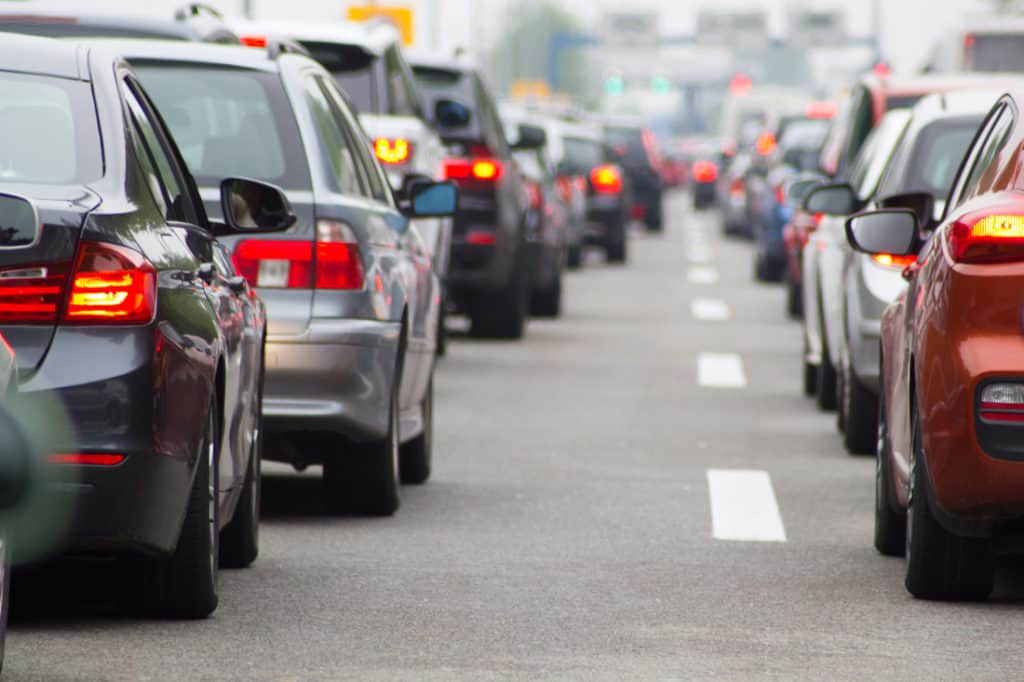5 Must-Know Facts About Truck Accidents
Texas is a large state with a tremendous amount of commercial activity. Texas has seaports on the Gulf of Mexico and ports of entry from Mexico. It also touches four other states and accounts for almost 9% of the U.S. population.
All these statistics mean that Texas generates a lot of truck traffic. As these trucks run into, out of, and across Texas, they can cause catastrophic accidents. In 2021, truck drivers had 38,149 truck accidents in Texas.
Here are 5 must-know facts about truck accidents in Texas and how they affect you.
Texas Truck Accidents
Truck accidents in Texas happen every day and for a variety of reasons. Harris County leads Texas in truck accidents with nearly 16 truck accidents every day. Heavy traffic accompanies heavily populated commercial centers. They combine to cause truck accidents.
Trucks are heavy. A semi-truck, trailer, and cargo can weigh up to 80,000 pounds in Texas without the driver having to obtain a special permit. This means a fully loaded truck can weigh 30 to 40 times more than your car, pickup truck, or SUV.
The best way to avoid catastrophic injuries is to avoid a truck accident. Keep these 5 facts in mind when driving near commercial trucks.


Truck Driver Fatigue Causes Crashes
The National Highway Transportation Safety Administration (NHTSA) estimates that truck driver fatigue plays a role in 30% to 40% of truck accidents. This does not necessarily mean that truck drivers fell asleep at the wheel in at least 30% of truck accidents. Fatigue can take many forms and degrade a driver’s skills in numerous ways.
Driver fatigue can cause:
- Microsleeps or dozing off
- Lane drift
- Poor decision-making
- Tunnel vision
- Slowed reactions
- Losing track of where you are
The government understands these risks but has taken conflicting – and sometimes ineffective – steps to reduce the dangers of drowsy driving in semi-trucks.
When the COVID-19 pandemic struck, the government loosened the rules governing how much time truck drivers could drive at a stretch. This adjustment was meant to ensure that essential goods continued to flow. However, the shift in rules increased the risk of driver fatigue by allowing drivers to log more hours behind the wheel.
At the same time, the government has spent several years shifting to an electronic logging system to monitor compliance with the hours-of-service rules. In the past, trucking companies and drivers routinely abused and violated the rules, but electronic logging devices will ensure that drivers get the required amount of rest.
Truck Accidents Don’t Occur Only at Rush Hour
Most people assume truck accidents tend to happen on interstates during rush hour. But truck accidents most commonly happen:
- On weekdays
- Between 9:00 a.m. and 3:00 p.m.
- On major roads apart from interstate highways
Truckers do not want to sit in traffic jams. They drive for a living and get just as frustrated, or more frustrated, than commuters during backups.
When traffic is heavy during the day, truck drivers will rest or take alternate routes. This puts large trucks on surface roads and state highways during rush hour. And instead of fighting passenger vehicles during their commutes, truck drivers drive while everyone else is at work.
But truckers cannot avoid all traffic. Accidents will still happen, just not where you expect.


Truck Drivers Are Impaired at a Rate Less Than “Ordinary Drivers”
Truck drivers must take drug and alcohol tests as a condition of their commercial driver’s licenses. They get tested:
- Before getting hired
- Randomly
- After an accident
As a result of this rigorous regimen, impaired truck accidents are rare. This does not mean that truck drivers abstain from drugs or alcohol at all times. But they rarely use drugs or alcohol on the job.
In 2020, only 7% of fatal truck accidents involved an intoxicated truck driver. That same year, 30% of fatal car accidents involved an intoxicated driver.
Passenger Vehicle Occupants Have Much Worse Outcomes Than Truck Drivers in Truck Accidents
Truck drivers have a lot of protection during a crash. They are surrounded by massive engines and heavy trailers. They sit much higher above the road and even above the height of most passenger vehicles. And diesel fuel is far less flammable than gasoline.
As a result, fatal truck accidents rarely kill truck drivers. In 2020, 15% of truck accident fatalities were truck drivers.
Instead, truck accidents are more likely to kill people outside the truck. In 2020, 16% of fatalities were pedestrians, bicyclists, and motorcyclists, and 68% were occupants of passenger vehicles.
If you exclude single-vehicle, motorcycle, pedestrian, and bicycle accidents, the numbers become even more stark. In fatal collisions between a truck and a passenger vehicle, 97% of the fatalities happened in the passenger vehicle. In 2020, 70 truck drivers died in truck-vehicle collisions compared to 2,129 vehicle occupants.
Fortunately, fatal truck accidents have declined on a per-mile basis. Deaths in truck accidents peaked in 1979 and have declined by about 77% since then. The total number has increased, but the number of trucks and the miles driven has increased at a much faster rate.


Truck Accidents Cause Catastrophic Injuries
If you only consider fatal truck accidents, you miss a significant part of the overall and tragic picture. In 2020, 109,000 truck accidents each caused at least one non-fatal injury. While the rate of fatal accidents has declined over time, the rate of accidents involving injury has increased steadily since 2008.
These facts suggest that improved safety measures such as airbags in vehicles and under-run bars on trailers have saved lives, but victims still suffer grievous injuries. About 1% of truck accidents cause a fatal or disabling injury.
In Texas, about 1,700 people suffered a truck accident injury serious enough to require transportation to a hospital. These injuries vary in severity from paralysis or brain damage to a broken bone.
Another 5,000 people suffered a visible injury but were able to drive themselves or arrange for a ride to the hospital. These injuries might include lacerations, minor burns, and minor fractures.
About 7,300 people had no visible injuries but complained of pain or other symptoms. In total, over 9,500 people were injured in Texas truck accidents in 2020.
What to Do After a Truck Accident
Even if you take every precaution to avoid a truck accident, it can still happen to you. To discuss your truck accident and the compensation you can seek for your injuries, contact Laird & McCloskey for a consultation. For more than 35 years, Laird & McCloskey has represented the victims of truck accidents. All of the attorneys at the firm are board certified in Truck Accident Law and Personal Injury Trial Law. They collect no fee unless they win on your behalf.
Questions?
GIVE A CALL TODAY!
HELP IS AVAILABLE 24/7
PRINCIPAL OFFICE
1119 Pennsylvannia Ave.
Fort Worth, Texas 76104
(817) 531-3000
info@texlawyers.com

© Copyright 2022, Law Offices of Laird & McCloskey, All Rights Reserved.
Privacy Policy | Disclaimer | Site by Androvett
